Lithium The Mineral
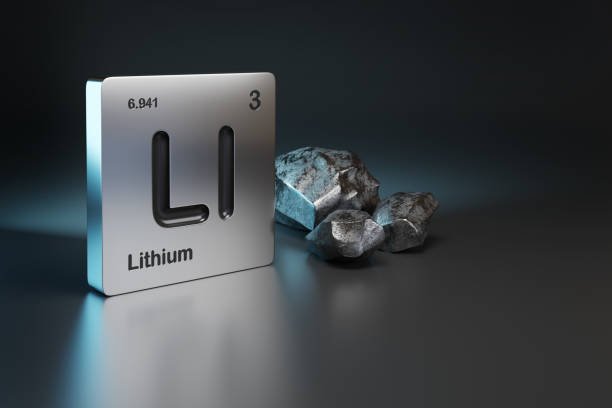
Lithium is a soft, silvery-white alkali metal known for its light weight and high reactivity. It is the third element on the periodic table and plays a crucial role in various industries, especially in the production of rechargeable batteries for electronics, electric vehicles, and energy storage systems. Beyond technology, lithium also has applications in medicine, specifically in treating bipolar disorder, making it a mineral of both industrial and health significance.
Below are five key insights into lithium as a mineral, along with image descriptions tailored for WordPress SEO.
1. What Is Lithium?
Lithium (Li) is a chemical element with atomic number 3. It is the lightest of all metals and has the lowest density of any solid element. Because of its high electrochemical potential, lithium is widely used in batteries, particularly lithium-ion batteries that power smartphones, laptops, and electric cars.
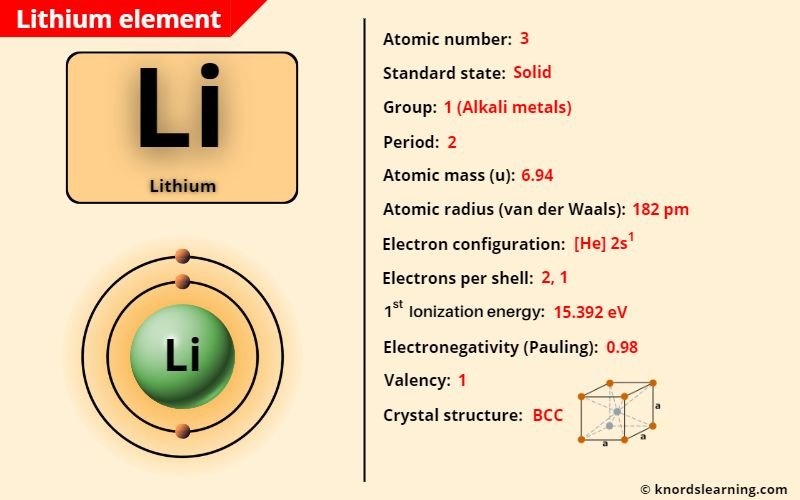
2. Where Is Lithium Found?
Lithium is typically found in mineral deposits such as spodumene, lepidolite, and petalite, as well as in salt brines, especially in regions like South America’s Lithium Triangle (Argentina, Bolivia, Chile). It is also extracted from geothermal brines and clay deposits.
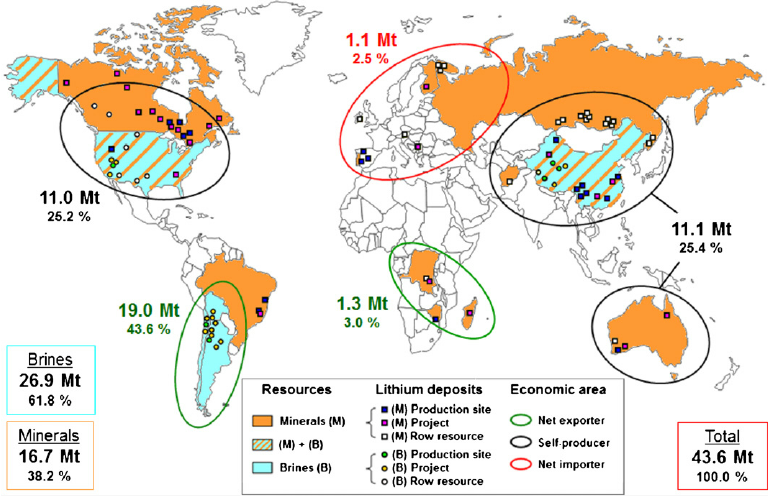
3. Lithium Extraction Methods
There are two main methods of lithium extraction: hard rock mining and brine extraction. Hard rock mining involves processing lithium-containing ores, while brine extraction pumps lithium-rich brine to the surface and evaporates the water to concentrate the lithium.
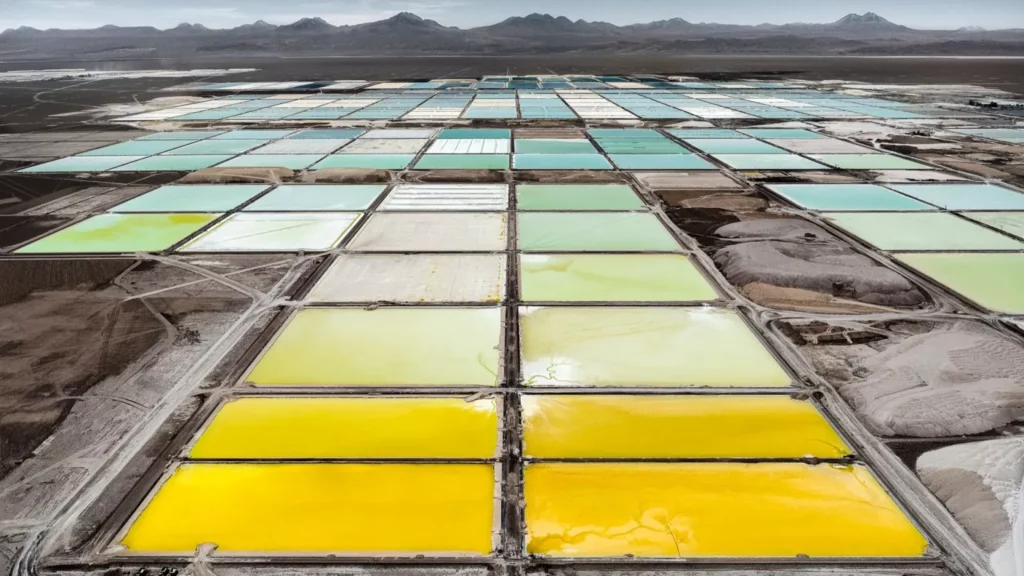
4. Lithium in Battery Production
The largest modern use of lithium is in battery manufacturing. Lithium-ion batteries are favored for their high energy density, long life, and lightweight design. With the rise of electric vehicles and renewable energy storage, demand for lithium has surged globally.
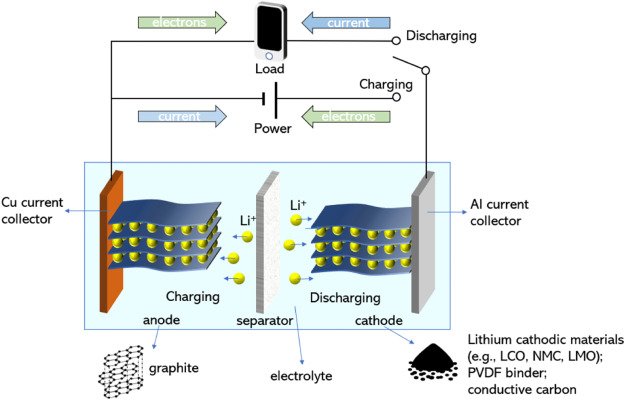
5. Environmental and Economic Impact
While lithium is essential for green technologies, its extraction can have environmental consequences such as water depletion and soil contamination. Economically, lithium-rich countries are gaining strategic importance, and sustainable mining practices are becoming a priority for future development.
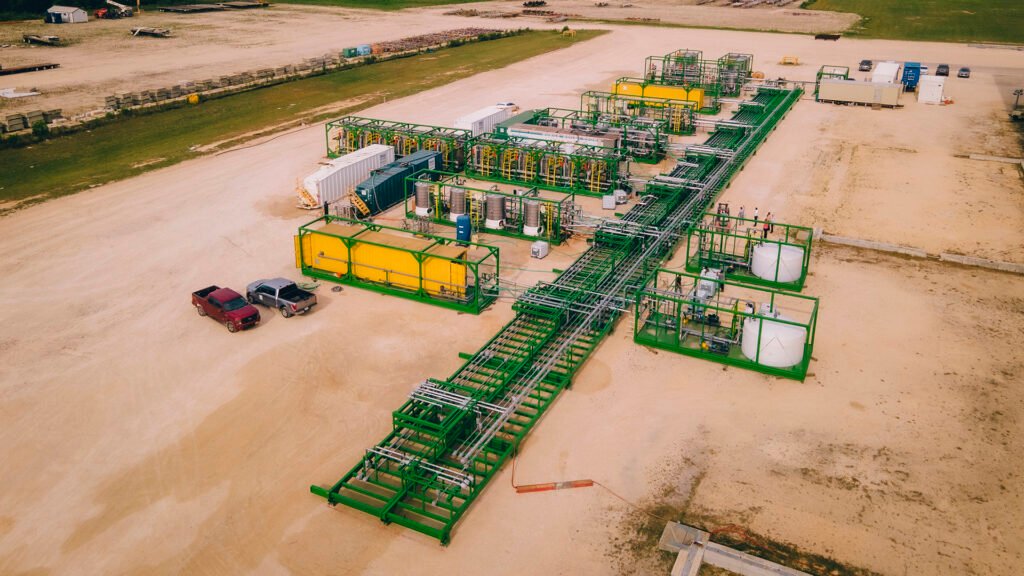
FAQs
Q1: Is lithium a rare mineral?
A1: Lithium is not extremely rare but is widely dispersed in the Earth’s crust. It becomes economically viable to extract only in specific concentrated deposits.
Q2: Can lithium be recycled?
A2: Yes, lithium from batteries can be recycled, though current recycling rates are relatively low. Improvements in recycling technology are helping recover more lithium for reuse.
Q3: How is lithium used in medicine?
A3: Lithium salts, particularly lithium carbonate, are used as mood-stabilizing drugs in the treatment of bipolar disorder.
Conclusion
Lithium is a versatile and increasingly vital mineral with wide-ranging applications in technology, healthcare, and energy. As the world moves toward electrification and sustainable energy, lithium’s importance will only continue to grow. Understanding its sources, uses, and impact helps us appreciate its role in shaping modern life and future innovations.

